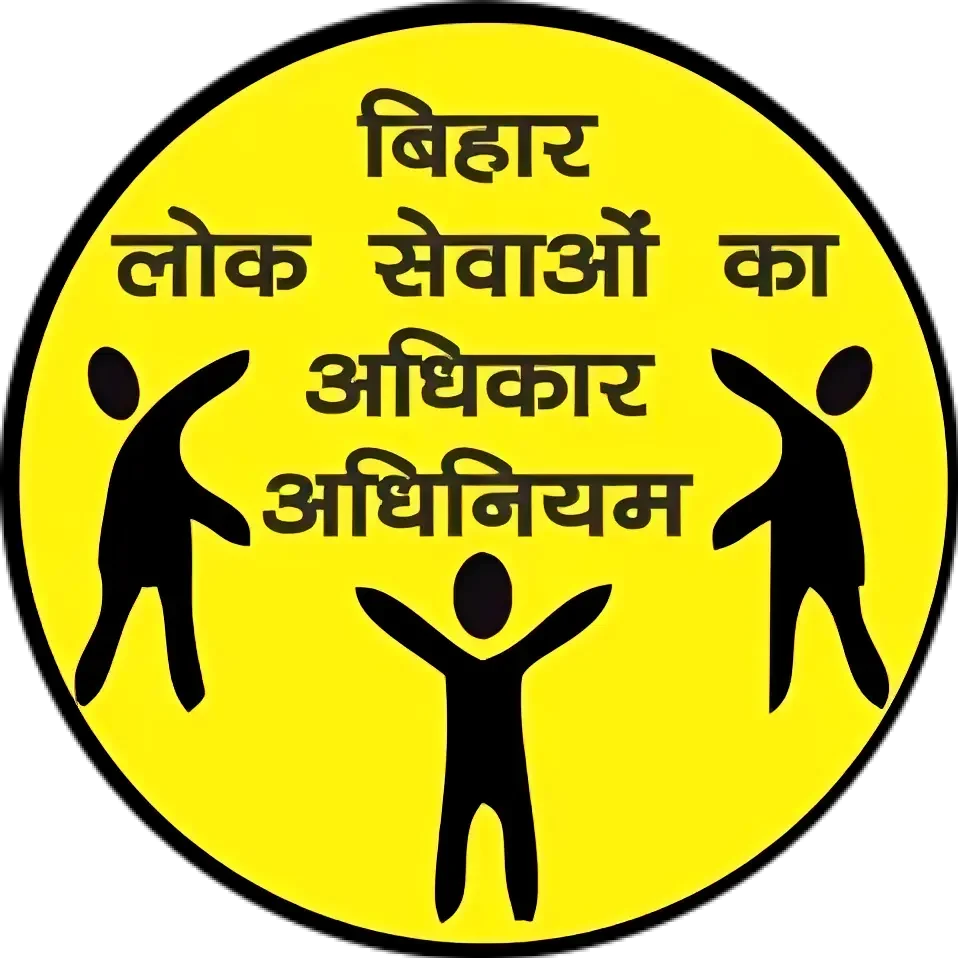How Digital Access to Vital Documents Transforms Destiny in Indian Public Services
A ration card renewed without travel. A birth certificate was fetched on a phone before dawn. A caste or income certificate shared from a cloud folder during a job interview. Small frictions once stalled opportunity in India – lost days at counters, unpredictable queues, and paperwork that expired before the next desk. When essential documents move from files to screens, luck changes shape. Destiny begins to look less like a roll of the dice and more like a timetable that citizens can actually keep.
Design is the hinge. Interfaces that show status, steps, and timing turn anxiety into action. The same clarity that helps fans read a scoreboard helps families navigate portals. For a concise demonstration of how readable states and timed pauses reduce rash decisions, read more. The example comes from cricket’s live logic, yet the lesson travels – when systems speak plainly, people choose better and recover faster if something slips.
From counters to clicks – why access changes outcomes
A certificate is not only a PDF. It is permission to participate – to enroll in school, bid for a tender, claim a subsidy, or cross a city boundary for work. Digital access compresses those pathways. Time once lost to travel becomes prep time. Money once spent on middlemen, funds, data packs, and backup scans. Confidence rises when a portal stamps applications with reference IDs, names the service clock, and sends alerts that match the calendar citizens live by. Delay still happens, yet it is visible. Visibility tames rumor and reduces the temptation to push a file off-platform.
Local language support matters just as much. A short line in Hindi or Maithili that explains why a file returned for correction prevents a week of guesswork. En dashes in microcopy – the small pauses that mimic speech – keep instructions human on low-cost phones. The change is cultural as well as technical. When a system reads like a neighbor, citizens treat it like one.
Five field-tested habits that make public portals feel fair
- One-screen truth – show application number, step, and expected window together so users never hunt.
- Reason codes on change – annotate rejections or delays with a single line people can quote offline.
- Natural decision pauses – nudge edits at logical breaks rather than at the final submit to prevent panic.
- Traceable communications – timestamp SMS and email so staff and citizens share the same clock.
- Accessible exits – let applicants save progress, download drafts, and return later without penalty.
These habits are small on paper. In practice, they are the difference between a family that keeps trying and a family that gives up.
Identity, traceability, and trust at the last mile
Digital identity stitched to consent flows protects both sides. A one-time passcode that expires quickly reduces shoulder-surfing at crowded kiosks. QR-verified PDFs reduce disputes at counters where printouts once prompted arguments. Portals that permit secure sharing via link – with access windows that close automatically – align with how people already manage photos and bills. Trust rises when the interface tells users who looked at a file and when. Clarity on data use is not decoration. It is a brake on rumor at the tea stall and inside chat groups, where speculation spreads faster than policy circulars.
Payment is another trust frontier. Transparent fees and printed receipts push gray charges out of the room. Dashboards that show average processing times by block or district let citizens calibrate expectations. A map that reveals load across offices helps applicants pick quieter hours. When institutions share their own constraints in public, queues distribute themselves.
When documents move, livelihoods move
A wheat trader who can download a license before the weekly market does not lose a stall to paperwork. A nursing candidate who uploads a corrected certificate on deadline day stays in the race. A migrant worker who saves IDs and family records to a secure vault travels with confidence rather than with fear of loss. Access changes bargaining power. Buyers, landlords, and recruiters negotiate differently when proof arrives in seconds. Public services become a partner in mobility instead of a gate that must be charmed.
The spillover touches disaster response and welfare delivery. During floods or heat waves, pre-verified lists let local bodies push relief without re-vetting every doorstep. Identity that survives a soaked house restores agency when it is needed most. Citizens who can produce proof at will are citizens who can insist on a fair process. Destiny stops hanging out with someone at the office and starts interacting with a system that can be read.
After the download – building a culture of confident decisions
Digital access is only half the story. Skills finish the job. Short, shareable explainers that model how to correct documents, how to appeal, and how to escalate raise the floor for everyone. Media houses and creators who already teach scoreboards and odds can apply the same calm tone to public services – name the condition, show the next step, stamp a time window, and remind people where to pause. Schools can fold document literacy into life-skills classes, so students leave with both poems and PDFs in order.
Portals evolve when they start listening. Telemetry tuned to comprehension – not only clicks – reveals where people stall. Copywriters replace jargon with plain verbs. Engineers move buttons where thumbs actually reach. Departments publish change logs so citizens see progress and hold teams to it. The payoff arrives in quiet ways. Fewer escalations. Shorter counters. Cleaner elections as records stay current. In the long run, that is what destiny looks like in a crowded democracy – a steady stream of small confirmations that individuals can read, act on, and trust.







